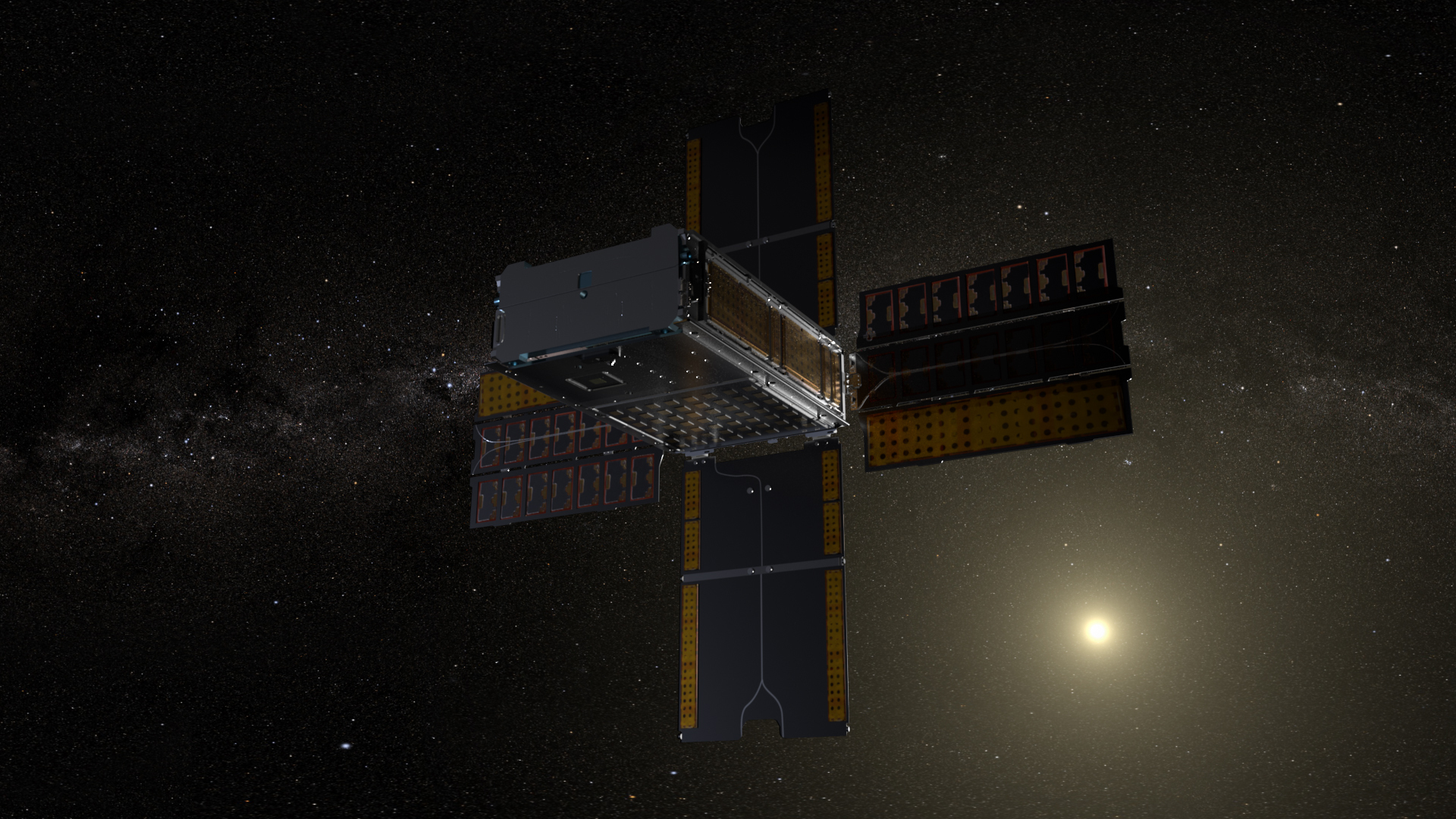NASA’s BioSentinel has carried living organisms farther from Earth than ever before – more than one million miles. Aboard the shoebox-sized CubeSat are microorganisms, in the form of yeast – the very same yeast that makes bread rise and beer brew. On Dec. 5, BioSentinel was 655,730 miles from Earth when the BioSentinel team at NASA’s Ames Research Center in California’s Silicon Valley sent commands to the spacecraft to kick off the initial experiment for the first long-duration biology study in deep space. Scientists are now able to see how living organisms respond to deep space radiation.
Artemis missions at the Moon will prepare humans to travel on increasingly farther and longer-duration missions to destinations like Mars. Because yeast cells have similar biological mechanisms to human cells, including DNA damage and repair, studying yeast in space will help us better understand the risks of space radiation to humans and other biological organisms. BioSentinel’s science results will fill critical gaps in knowledge about the health risks in deep space posed by space radiation.
BioSentinel – which launched aboard Artemis I – is orbiting the Sun, positioned beyond Earth’s protective magnetic field. There, the CubeSat will run a series of experiments over the next five to six months.
NASA invites the public to virtually ride along with BioSentinel’s deep space journey using NASA’s “Eyes on the Solar System” visualization tool, a digital model of the solar system. This real-time simulated view of our solar system runs on real data. The positions of the planets, moons, and spacecraft – including BioSentinel – are shown where they are right now.
You can adjust the level of illumination on the spacecraft by clicking on the show/hide settings button in the bottom right of the screen. Once opened, you can toggle between flood, shadow, and natural lighting. Additionally, you can use time controls – at the bottom of the screen – to fast-forward or rewind time in the simulated view, to preview BioSentinel’s future trajectory or see a recap of its prior path.
Learn more:
For news media:
- Members of the news media interested in covering this topic should reach out to the NASA Ames newsroom.
NASA’s Ames Research Center in California’s Silicon Valley leads the science, hardware design and development of the BioSentinel mission. Partners include NASA’s Johnson Space Center in Houston and NASA’s Jet Propulsion Laboratory in Southern California. BioSentinel is funded by the Artemis Campaign Development Division within NASA’s Exploration Systems Development Mission Directorate at NASA headquarters in Washington.



























